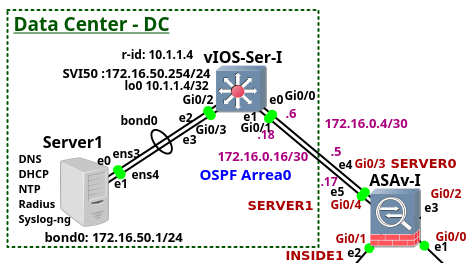Openstack SDN – OpenContrail With BGP VPN
In this post I’ll show how to build a dockerized OpenStack and OpenContrail lab, integrate it with Juniper MX80 DC-GW and demonstrate one of Contrail’s most interesting and unique features called BGP-as-a-Service.
Continue reading


 U.S. Air Force soars to the cloud for $1B; Dell EMC bests Nutanix; Machine learning for networks.
U.S. Air Force soars to the cloud for $1B; Dell EMC bests Nutanix; Machine learning for networks.


